A natural smile is a beautiful thing, but the number of forced smiles in the world seems to greatly exceed the number of genuine ones. If you’re a performer of any sort, smiling insincerely is part of the job. As a member of the ensemble in high school musicals, I was always admonished by the choreographer to “Smile, dammit!” When I sang in a barbershop chorus (under the aegis of the Society for the Preservation and Encouragement of Barber Shop Quartet Singing in America, which prizes showmanship almost as much as vocal blending), our music director nearly always displayed a huge, frozen grin as he conducted us — a reminder that we should keep similar grins on our faces as we sang.
But even people who are not entertainers — such as customer-service representatives, flight attendants, and servers in restaurants — are compelled to smile, regardless of their (typically less sunny) emotional state. Women, I’m told, are frequently commanded to smile by male supervisors, coworkers, and even complete strangers.
In classic films from the 1930s and 40s, I see Black people sporting wide, toothy grins as a sign of deference to the white people around them. Although such exaggerated smiling is no longer expected, I still encounter people of color who feel the need to put on a smile to ensure that they’re perceived as nonthreatening. Even I tend to present a self-protective smile when I’m faced with potential anger or aggression.
The past 20 years have brought compulsory smiling to a whole new domain, in the form of emoji. For most of my life, a written communication was assumed to be friendly — or at least neutral — unless the language clearly indicated otherwise. Now an email or text is generally interpreted as stern or hostile unless it includes a yellow smiley face or some other pictorial signifier of light-heartedness. I resisted this trend as long as I could, but eventually I found myself sprinkling my messages with smiles and winks out of fear that my tone might otherwise be misinterpreted.
Of course, the most common occasion for artificial smiles is the taking of photos. In response to the photographer’s command to “Say ‘cheese,’” we all draw on our inner Method actor to bring ourselves into a fleeting state of happiness that will hopefully express itself in a natural-looking smile. Even if this exercise in emotional memory works — which it often doesn’t — the freshly displayed smile almost immediately settles into a frozen rictus accompanied by pleading eyes that say, “Click the shutter already!”
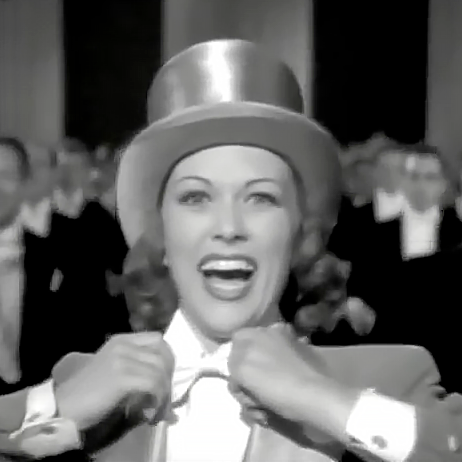

There ought to be a law against holding a smile past its sell-by date. An artificially preserved smile doesn’t communicate pleasure; it communicates creepiness. Watching someone hold a smile makes me squirm. I have this reaction particularly when I watch old movie musicals, when a great dancer such as Gene Kelly or Eleanor Powell finishes a number and then adopts a beaming facial expression that remains pasted on as the camera zooms in on it. I don’t know who decided that this smile-and-zoom ending was a good idea, but it’s disconcertingly common. Somehow only Fred Astaire manages to avoid it.
When I was in college, I frequently signed up to be a subject in psychology experiments conducted by grad students. In one such experiment, I was asked to take a brief written test to assess my mood. The experimenter then brought out a machine with a number of electrodes attached, pasted them on my face, and asked me to contort my mouth in a certain way to keep them from falling off. With the electrodes in place and the machine turned on, I was asked to take the test again.
It was revealed to me afterward that the machine and its electrodes were no more than a ruse, and that the facial contortion I was asked to adopt was meant to approximate a smile. The point of the experiment was to find out whether the simple muscular act of smiling could improve someone’s mood. I never found out what the ultimate results of the experiment were, but I’ve since read about similar studies that have demonstrated such a causal link. Smiling — even unemotional, unmotivated smiling — can apparently cause the brain to release serotonin and dopamine, thereby reducing stress and increasing feelings of well-being.
So perhaps the fake smiles displayed by Hollywood stars, obsequious salespeople, and everyday subjects of photographic portraits are doing their bearers some good. Nevertheless, they continue to make me uneasy. Can’t we dispense with the idea that insincere smiles are desirable? People in portraits rarely smiled until a hundred-or-so years ago, and yet we can assume that they led contented lives outside of the photographer’s studio. I’m fine with seeing Eleanor Powell flash a brief grin when she finishes a dance number, but then I’d like to see her relax, take a breath, mop her forehead, and drink some water. Then I’d really believe she’s happy.
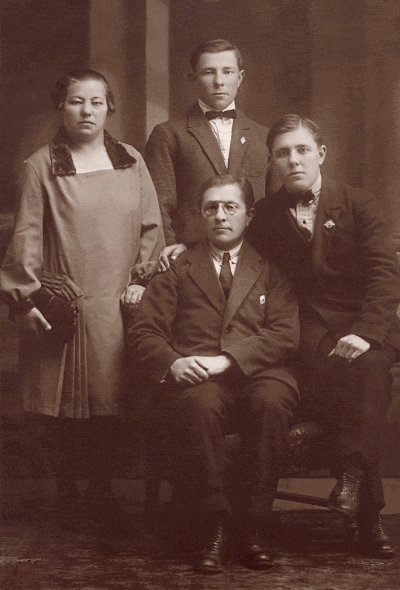

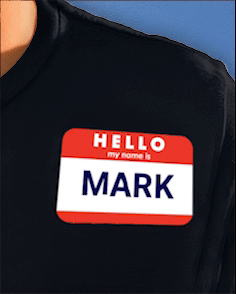
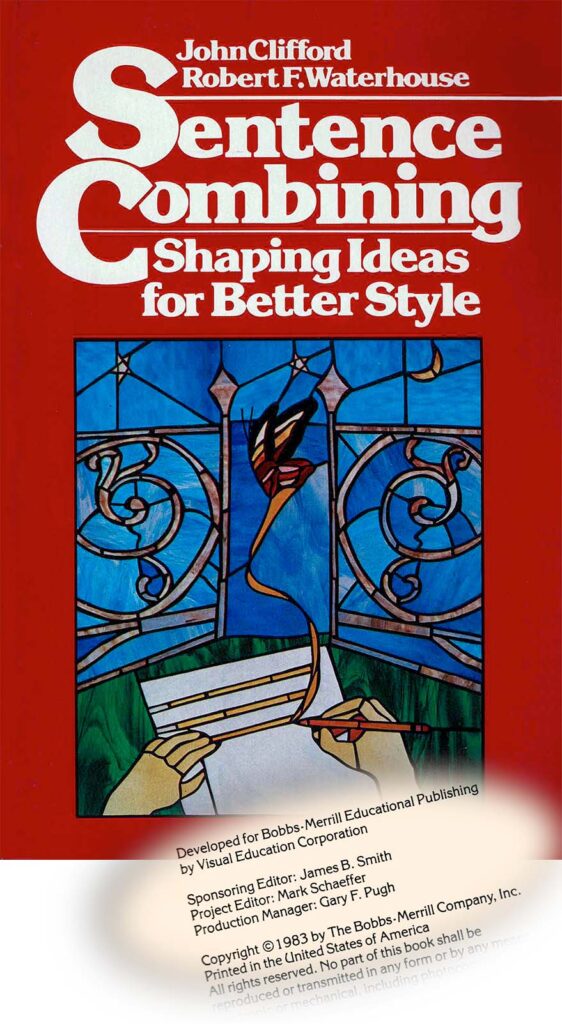
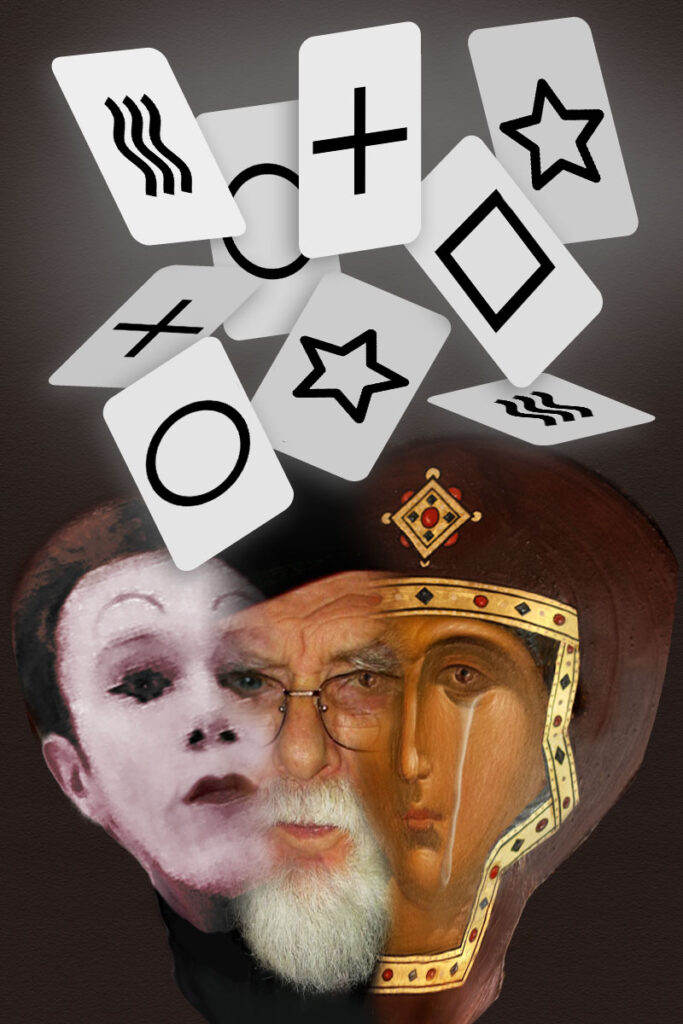
Recent Comments